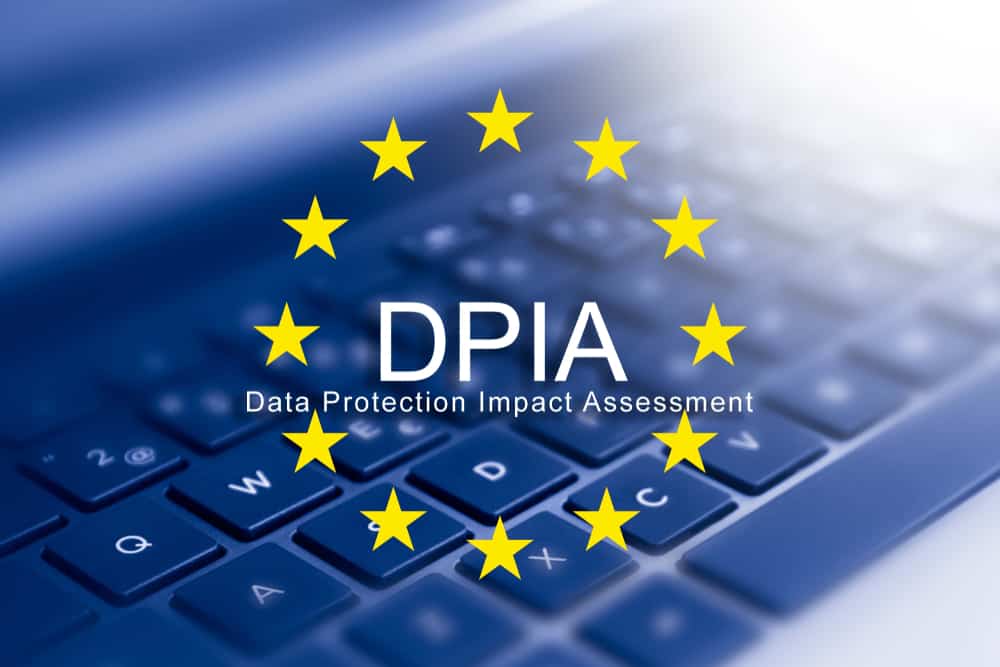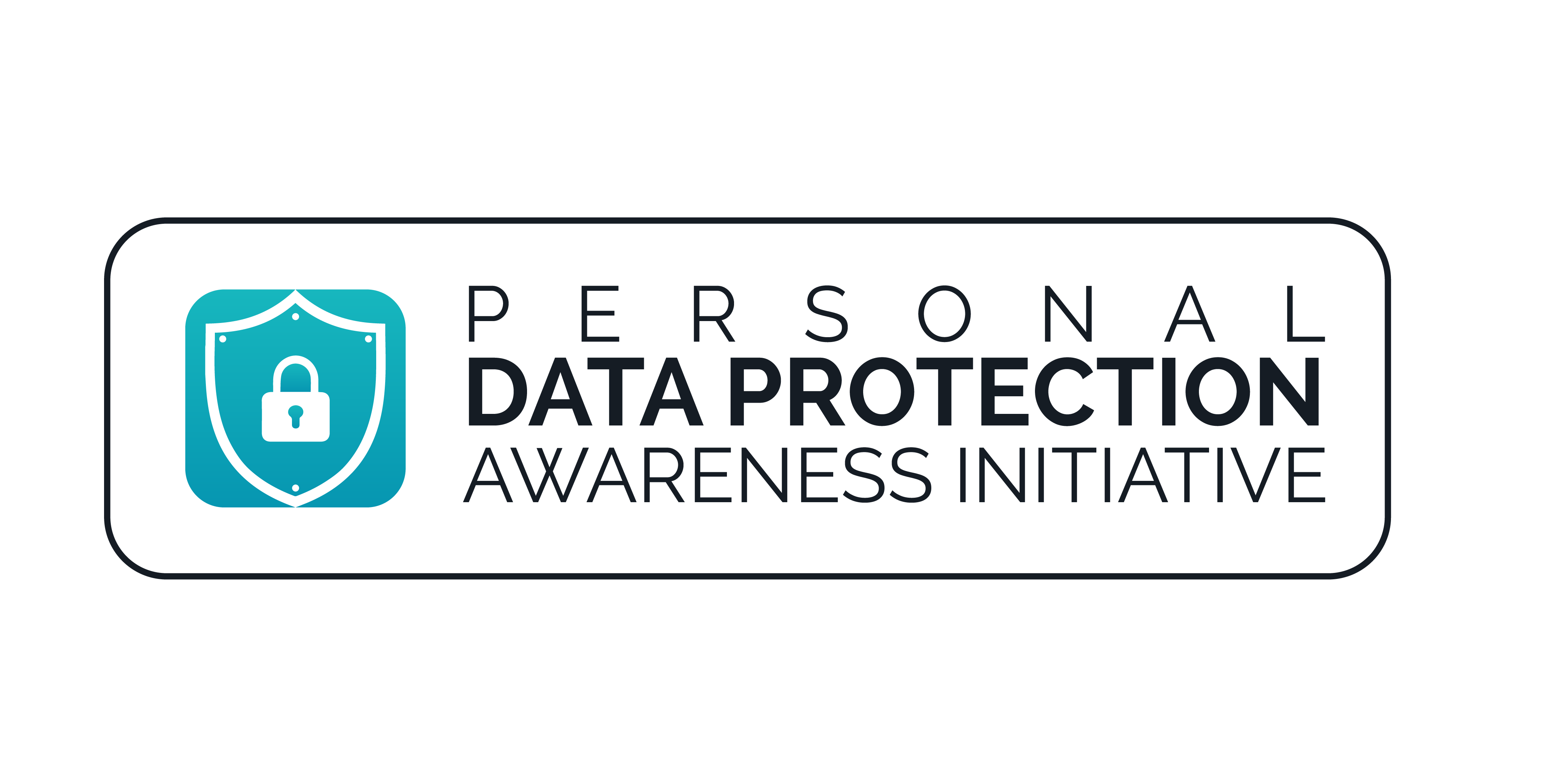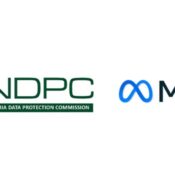
Data Protection Impact Assessments: A Nigerian Perspective
Nigeria’s digital landscape is expanding rapidly, with businesses and organizations increasingly relying on data to drive operations. While this data-driven approach offers immense potential, it also carries significant responsibilities. Protecting individuals’ privacy and safeguarding personal information is paramount. To mitigate risks and ensure compliance with data protection regulations, organizations must prioritize Data Protection Impact Assessments (DPIAs) as a crucial tool in their data management toolkit.
What is a Data Protection Impact Assessment (DPIA)?_
A DPIA is a process used to assess the potential data protection risks associated with a project, system, or process. It helps organizations identify and mitigate risks associated with data processing and the technologies used for operations to ensure compliance with data protection regulations.
Why Conduct a DPIA in Nigeria?
Conducting a DPIA in Nigeria is essential for several reasons:
1. Compliance with the Nigeria Data Protection Act (NDPA): The NDPA requires organizations to conduct DPIAs for processing operations that are likely to result in high risks to data subjects.
2. Risk identification and mitigation: DPIAs help organizations identify potential data protection risks and implement measures to mitigate them.
3. Data subject trust: Conducting DPIAs demonstrates an organization’s commitment to protecting data subjects’ rights and privacy, building trust and confidence.
When to Conduct a DPIA in Nigeria?
Organizations in Nigeria should conduct DPIAs in the following situations:
1. New projects or systems: Before launching new projects or systems that involve personal data processing.
2. Changes to existing systems: When making significant changes to existing systems or processes that affect personal data processing.
3. High-risk processing operations: For processing operations that are likely to result in high risks to data subjects, such as sensitive personal data processing.
How to Conduct a DPIA in Nigeria?
To conduct a DPIA in Nigeria, organizations should follow these steps:
Step 1: Identify the Processing Operation
Clearly describe the processing operation, including the purpose, scope, and context. Identify the personal data involved, including the types of data, data subjects, and data sources. Determine the processing activities, such as collection, storage, use, disclosure, and disposal. This step helps to understand the processing operation’s boundaries and identify potential data protection risks.
Step 2: Identify Data Protection Risks
Brainstorm potential data protection risks associated with the processing operation, considering factors such as data breaches or unauthorized access, data loss, alteration, or destruction, inaccurate or incomplete data, unlawful processing or disclosure, lack of transparency or accountability, discrimination or bias, and infringement of data subjects’ rights. Use risk assessment methodologies, such as threat modeling or risk matrices, to identify and categorize risks. This step helps to identify potential risks and prioritize mitigation efforts.
Step 3: Assess the Risks
Evaluate the likelihood and potential impact of each identified risk, considering factors such as probability of occurrence, severity of consequences, data subjects’ expectations and concerns, and regulatory requirements and compliance. Use a risk assessment framework to score and prioritize risks, focusing on high-risk areas. This step helps to understand the level of risk and prioritize mitigation efforts.
Step 4: Mitigate the Risks
Develop and implement measures to mitigate or reduce identified risks, considering technical controls, such as encryption, access controls, and data minimization, organizational controls, such as policies, procedures, and training, legal and regulatory compliance measures, and data subject rights and transparency measures. Document and justify the chosen mitigation measures, ensuring they are effective and proportionate. This step helps to reduce or eliminate identified risks.
Step 5: Monitor and Review
Continuously monitor the processing operation and DPIA outcomes, ensuring ongoing compliance with data protection regulations, effectiveness of mitigation measures, and identification of new or emerging risks. Regularly review and update the DPIA, incorporating lessons learned and new insights, to ensure ongoing data protection and privacy. This step helps to ensure that the processing operation remains compliant and that data protection risks are continuously managed.
Best Practices for Conducting DPIAs in Nigeria
1. Involve relevant stakeholders, including data protection officers, IT teams, and business leaders.
2. Use DPIA templates to ensure consistency and comprehensiveness.
3. Maintain accurate records of DPIA processes and outcomes.
4. Regularly review and update DPIAs to ensure ongoing compliance.
Conclusion
Data Protection Impact Assessments are a crucial tool for organizations in Nigeria to ensure compliance with data protection regulations and protect individuals’ rights and privacy. By understanding when and how to conduct DPIAs, organizations can identify and mitigate data protection risks, building trust and confidence with data subjects.



